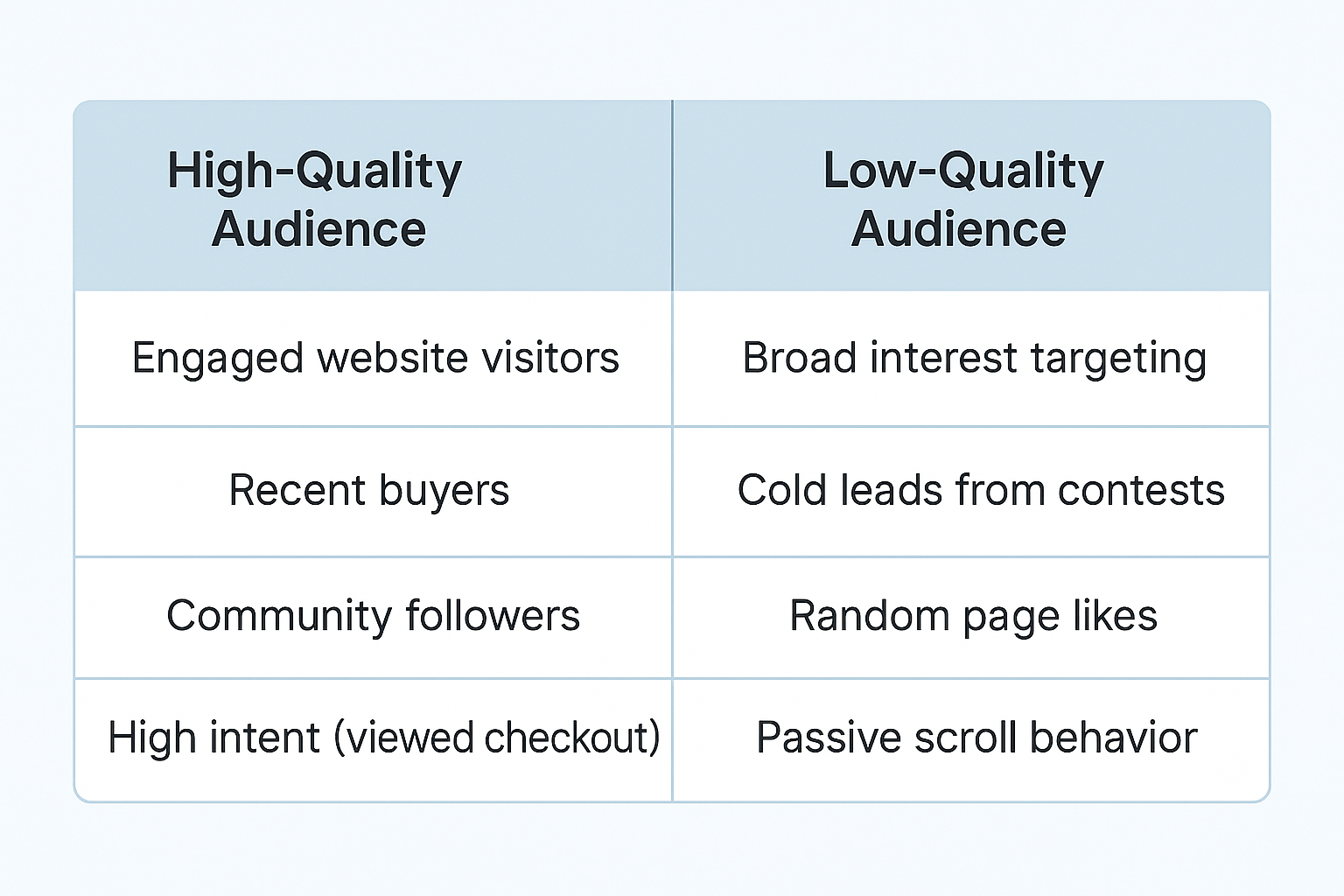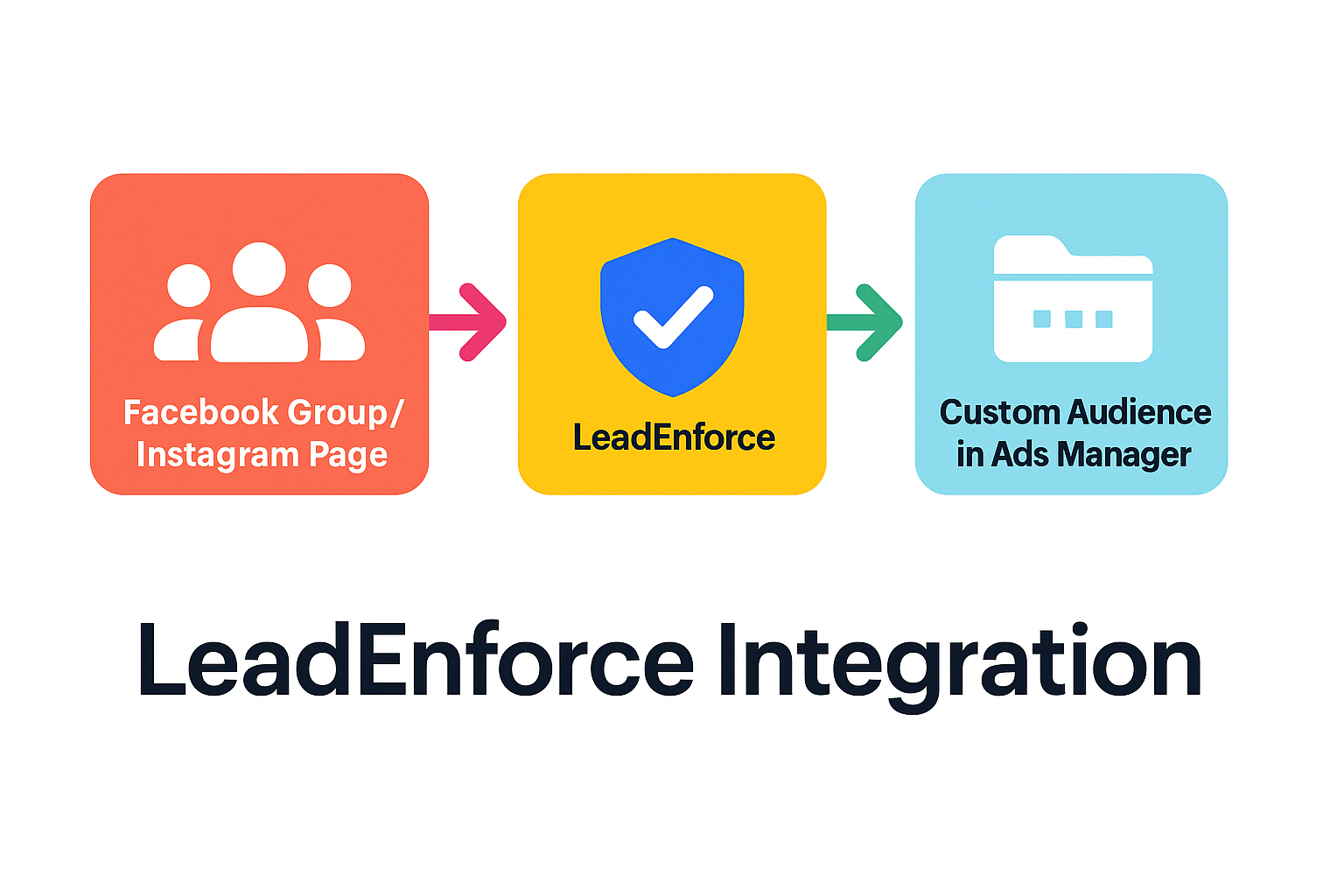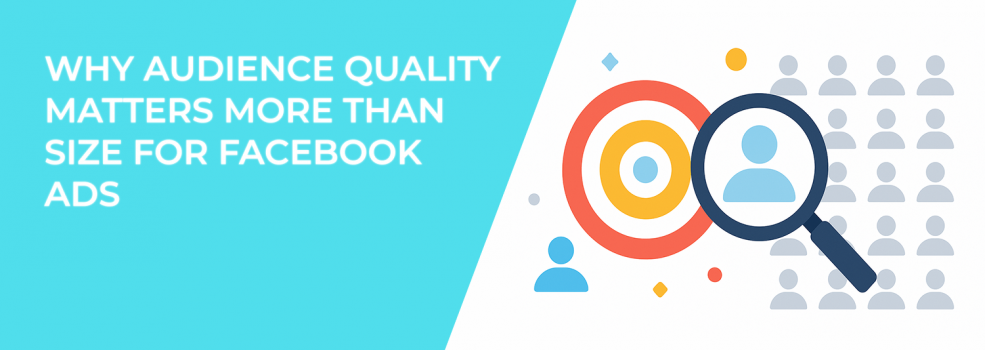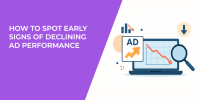When Facebook ad campaigns stall, the instinct is to tweak creative or increase budget. But the truth is, many performance problems come down to poor audience quality. If you’re targeting the wrong people, no ad — no matter how clever — will deliver results.
Here’s how to fix it.
1. Audit Your Targeting for Precision and Intent
Start with a hard look at who you’re targeting. Many advertisers cast too wide a net, hoping quantity will make up for weak engagement. But vague audiences like "business owners" or "fitness enthusiasts" can be too broad to deliver meaningful conversions.

Watch out for these signs of ineffective targeting:
-
High CPM, but low engagement;
-
Poor click-through rate (CTR);
-
Flat conversions despite good ad creative.
Revisit your audience structure regularly. Outdated lookalikes, overly broad interest groups, or layered ad sets from last quarter might be dragging you down. More detailed tactics are available in Facebook Ad Targeting 101.
2. Create Custom Audiences Based on Real Engagement
The best-performing audiences aren’t built on guesswork — they’re based on behavior. Facebook Custom Audiences allow you to retarget people who’ve already interacted with your content, products, or brand.
Use behavioral triggers to define these groups:
-
Website visitors who viewed product pages;
-
Users who watched 75% or more of a video ad;
-
Shoppers who abandoned their carts;
-
Engagers on Facebook or Instagram within the last 30 days.
These users already know your brand. That familiarity leads to better click-through rates and lower acquisition costs. You can learn how to build these audiences in How to Define a Target Audience for Marketing.
3. Use Lookalikes From Buyers, Not Just Leads
Lookalike Audiences can be powerful — but only if the source audience is strong. A Lookalike based on unqualified leads, email opt-ins, or contest participants will dilute your targeting quality.
Instead, build Lookalikes from:
-
Repeat or high-LTV customers;
-
Purchasers within the last 30–90 days;
-
Top 5–10% of customers by average order value.
This signals Facebook to find users with similar buying behavior. If you're running Lookalikes but still not seeing conversions, this breakdown can help troubleshoot deeper issues.
4. Layer Interests, Behaviors, and Exclusions
Single-interest targeting is rarely precise enough. Instead, combine multiple data points to create tighter audience segments.
For example:
-
Target: "Eco-friendly products" and "Online Shoppers";
-
Exclude: "Already Purchased in Past 30 Days."
This allows you to reach users with aligned values and relevant intent — while avoiding overlap and fatigue. Learn how to sharpen this further in Facebook Detailed Targeting for Micro-Niche Audiences.
5. Avoid Boosting Posts Without Strategy
Boosting content directly from your feed may seem efficient, but it often wastes budget. These campaigns typically target broad groups like "people who like your page" or "people similar to them," which lacks precision.
A better approach is to:
-
Create custom audiences for each funnel stage;
-
Design content around user intent (awareness, interest, action);
-
Run ads through Ads Manager with proper placements and objectives.
Boosting may work for engagement, but conversion campaigns demand more control.
6. Monitor and Fix Audience Overlap
If multiple ad sets are targeting similar or overlapping audiences, they compete against each other. This internal competition drives up your CPM and reduces efficiency — often without obvious warning signs.
Use the Audience Overlap tool inside Ads Manager to:
-
Identify duplicate reach across ad sets;
-
Consolidate similar audiences where possible;
-
Apply exclusions to prevent internal bidding wars.
More insights on this can be found in The Role of Audience Overlap in Facebook Ads Performance.
7. Create Custom Audiences From Facebook Group or Instagram Followers
Have a Facebook Group or Instagram page with loyal followers, or want to target competitors' followers? You can turn them into ad audiences — even though Meta doesn’t allow it directly.
LeadEnforce lets you build Custom Audiences from your group members or followers, then run ads or create Lookalikes to find more people like them.

With LeadEnforce, you can:
-
Turn Facebook Group or Instagram followers into Custom Audiences;
-
Create Lookalikes based on your most engaged community members;
-
Run ads that are more relevant and more likely to convert.
If you’ve spent time building a loyal community, this is one of the smartest ways to turn that effort into real results. To see how it works, check out this guide: How to build your target audience from a Facebook group.
Final Thoughts
Improving audience quality isn’t about working harder — it’s about targeting smarter. By focusing on intent, behavior, and segmentation, you can make every ad dollar go further.
This level of precision takes effort. But the payoff is real: better engagement, lower costs, and leads who actually convert.

